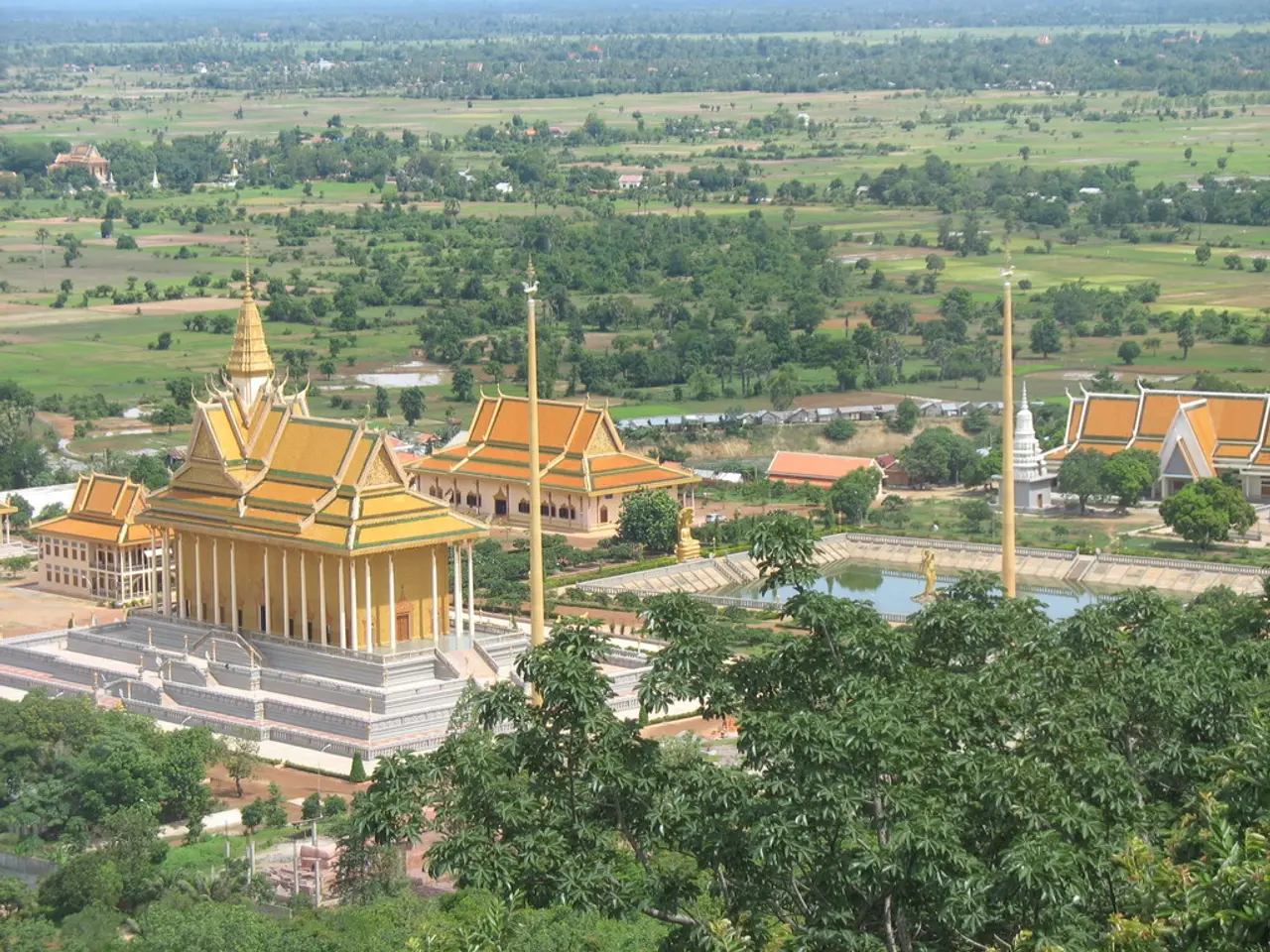Ancient Cult Site Unearthed After 2,800 Years, Revealed by Landslide
Norwegian Bronze Age Cult Site Unearthed
In an exciting archaeological discovery, a team led by Søren Diinhoff from the University Museum in Bergen uncovered a significant Bronze Age cult site in Norway during the autumn of 2024. The site, buried under layers of earth due to a landslide estimated to have occurred around 800 B.C., has been revealed during a highway expansion project.
The site, now identified as a Bronze Age cultural landscape, consists of two main areas, each anchored by a longhouse between 30 and 40 feet in length. These longhouses, along with stone burial sites and engraved rocks, suggest that the site held a ritual significance during the Bronze Age.
According to Bryn, there has been a significant amount of activity in the area. The discoveries could include various artifacts and structures, as well as loose stones with carvings peppered throughout the site. One of the most striking discoveries is a small stone with an engraving of a human stick figure holding a bow and arrow and standing alongside a dog.
The human bone fragments found in the area date to between about 1000 B.C. and 800 B.C., suggesting that the religious center was still in use at the time of the landslide. The team also found additional rock carvings near the excavation site.
The site showed no evidence of a settlement, but fire pits were found, possibly used for making bronze pieces for rituals. This discovery suggests that the area was more active than previously thought during the Bronze Age.
The new findings could potentially redefine the understanding of the Bronze Age in the region. They could provide more insights into the religious practices and rituals of the Bronze Age, as well as shedding light on the daily life and culture of the Bronze Age inhabitants. The team's discoveries could also lead to further excavations and discoveries in the area.
A notable feature of the site is the mixture of burial areas. Some have mounds made of stones, while others have stone slab chambers. One of the discoveries includes a pecked footprint image on a rock carving, adding to the site's enigmatic allure.
This archaeological excavation is a testament to the rich history and culture of Norway's Bronze Age, offering valuable insights into a period that has long fascinated historians and archaeologists alike. The discoveries made at this site will undoubtedly contribute to a deeper understanding of this era and its people.







